Steps and tips for successful crystallized paint
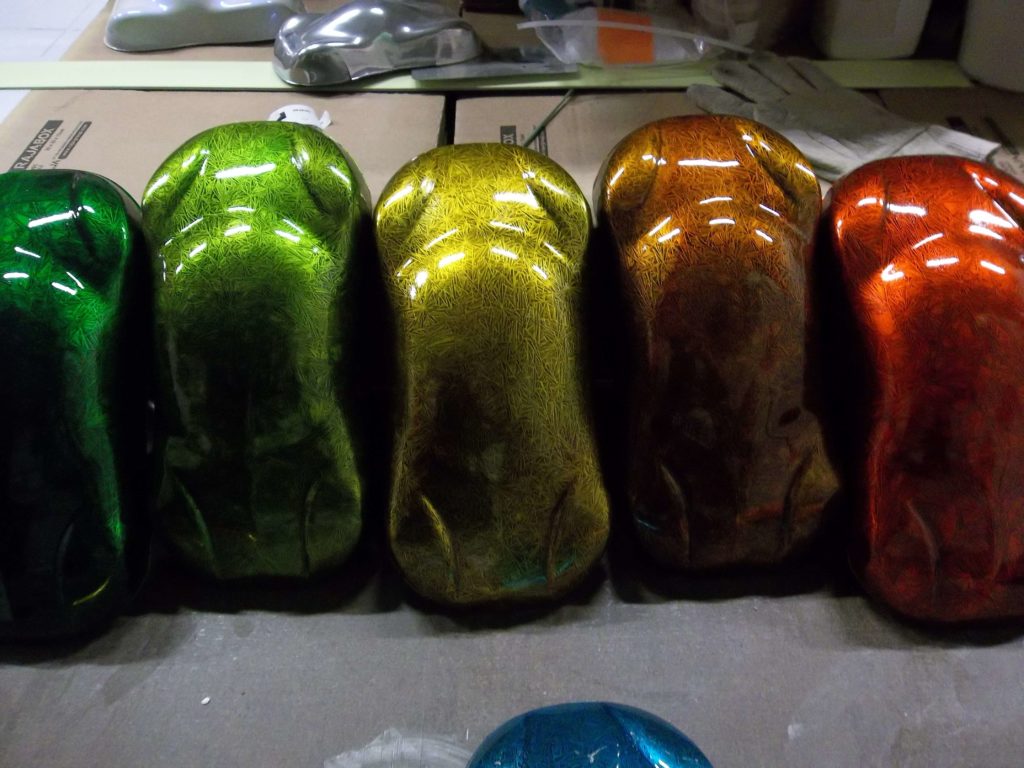 The Crystalizer is a completely exotic product among all existing products in the world of decorative paint or bodywork. It allows you to create a surface with patterns of crystals, and when combined with the Candy technique (transparent colored clearcoat), the Crystalizer produces a real illusion of depth, a sort of crystallized optical illusion effect.
The Crystalizer is a completely exotic product among all existing products in the world of decorative paint or bodywork. It allows you to create a surface with patterns of crystals, and when combined with the Candy technique (transparent colored clearcoat), the Crystalizer produces a real illusion of depth, a sort of crystallized optical illusion effect.
It is possible to use the Crystalizer technique on any surface, any primed material, and on objects or devices of any size : motorcycles, helmets, countertops or tables, joysticks, video console, sculptures…
What exactly is the Crystalizer ?
It is a liquid product, based on alcohol and also containing a salt ; during its evaporation, the product creates a crystallized surface, with slight reliefs formed by crystals.
The product once dry is very delicate, and can be removed with a simple rinse. This decoration can only be fixed with a light coat of black paint*, before the rinsing phase. During cleaning, we just “decapitate the edges of the crystals” and only the deep areas retain the black paint.
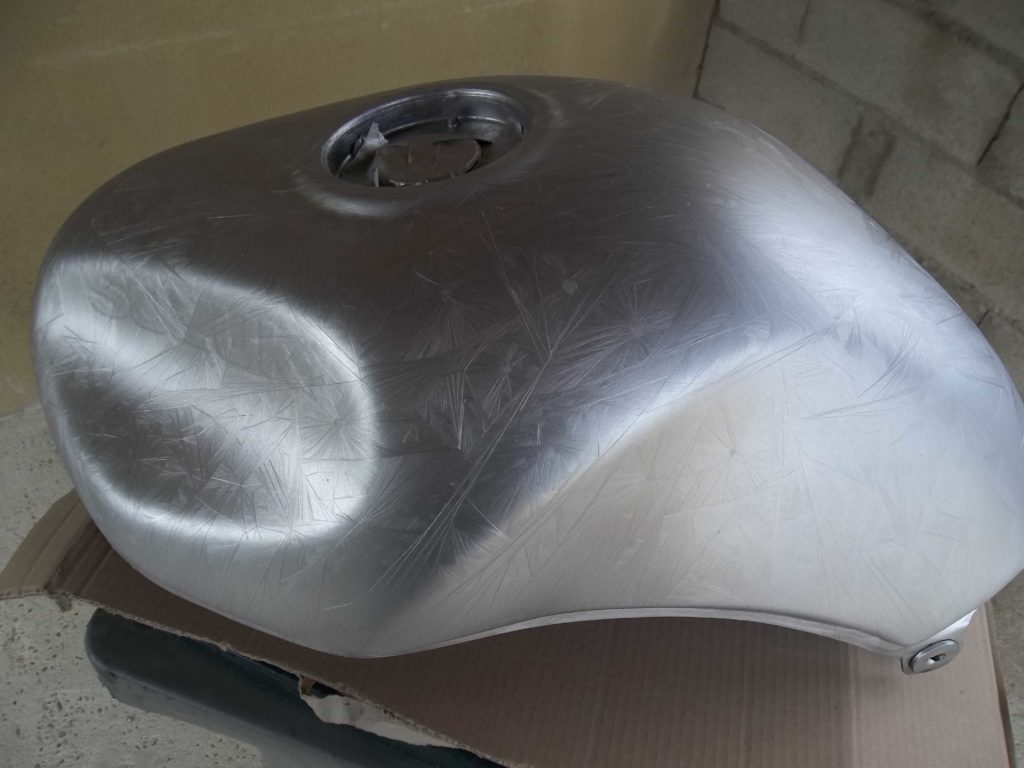 Setup for a Crystalizer effect succeeds
Setup for a Crystalizer effect succeeds
It is possible to use any colored background, as long as this background color will contrast with the shading color.
It is much more interesting to use a reflective paint under the Crystalizer and a colored varnish, in order to reflect the light well and create a luminous and powerful color.
- Usually aluminum paint is used.
However, you can use mother-of-pearl, Chameleon, chrome, glitter…
Attention ! It is not recommended to apply the Cristalizer directly on the aluminum paint. The latter produces a surface composed of metallic micro flakes which overlap in all directions and it does not form a favorable and ideal surface for the propagation of crystals. It is therefore important to have a varnished bottom, to obtain a smooth and perfect surface.
Of course it is necessary to sand the dry clearcoat with 400 grit paper. This will allow the crystals to adhere well. With a finer sanding, the crystals come off the surface too easily when rinsing.
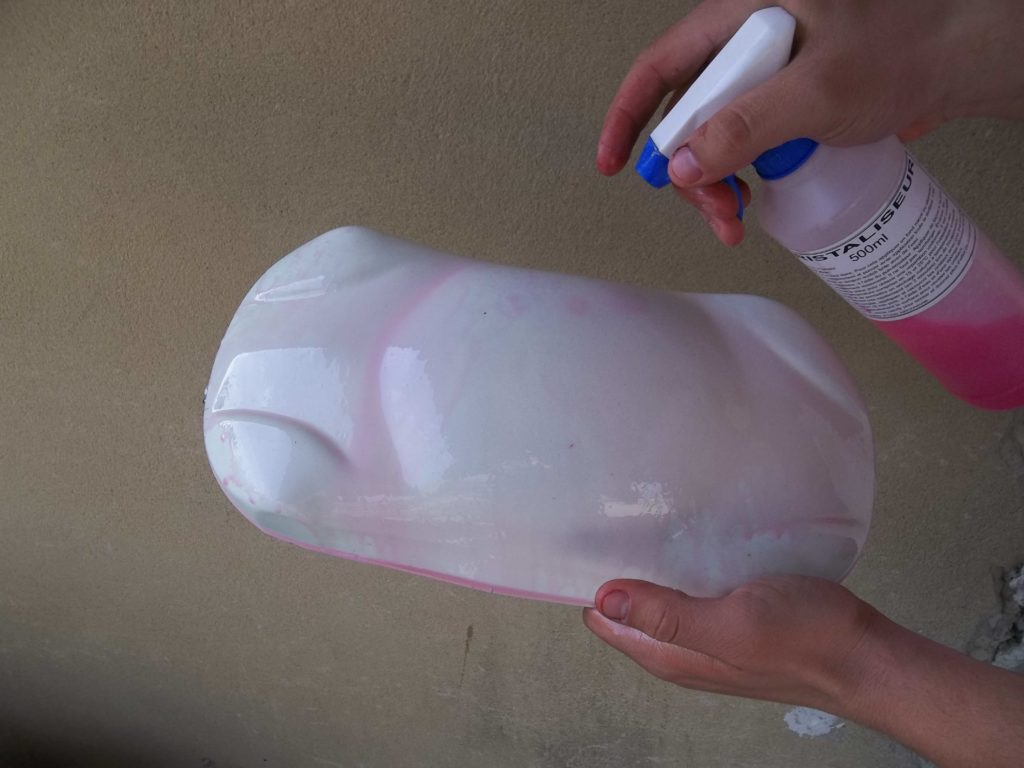 Application and drying
Application and drying
It is not a paint, so it is unnecessary and not recommended to apply this product with a spray gun, making multiple coats and expertly applied !
No, you just have to wet the surface copiously, all at once and as quickly as possible. Especially if the temperature is over 20°, in which case crystallization can develop rapidly.
It should not be disturbed or covered with a second layer.
So once the part has been well covered with the product, the excess can possibly be evacuated, by leaning or shaking the part (if this is possible of course).
On very large surfaces, such as a boat, for example, we will try to apply the right dose, and we will move all around the boat as quickly as possible.
Successful crystallization is done with a dry and warm atmosphere. On the contrary, it is impossible to succeed in the application in a humid and cold atmosphere.
-
You can keep the Crystalizer dry as long as you want without covering it, provided you store the piece in a dry environment.
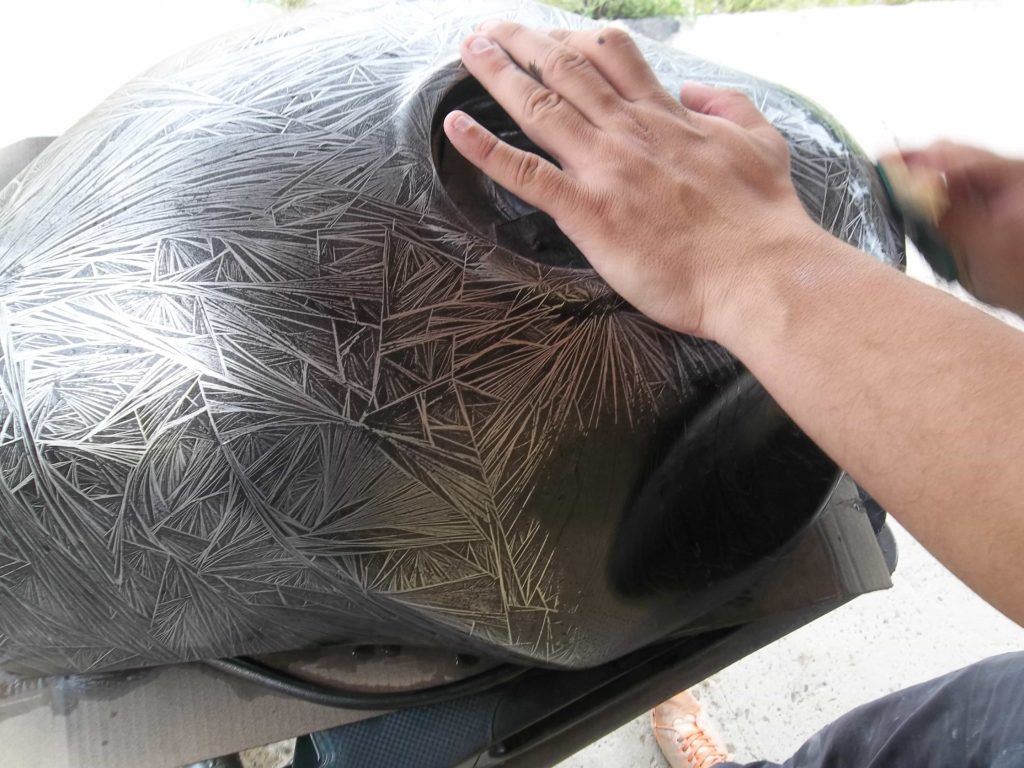 Shading
Shading
It is convenient to use a solvent-based paint.
As for the color, it is necessary to use a solid color, not transparent, not pearly, and sufficiently different from the background color.
It is important to apply the right amount :
If you apply too little paint, the decor will be too light.
If too much paint is applied, rinsing and cleaning will require too much pressure and insistence, and this will always risk washing away the fragile crystals.
-
The Crystalizer does not form any thickness after rinsing because it simply disappears.
It is important not to delay after applying the paint, to clean it with water and an old abrasive sponge. A well-worn dish sponge is ideal !
Beyond 2 or 3 minutes, it will no longer be possible to clean the crystals without applying too much force.
When practicing the technique on large surfaces, it is necessary to act with 2 applicators, one to apply the paint, and another applicator which follows immediately behind to carry out the cleaning without delay.
Once the black crystallized decoration has been cleaned and sanded with an abrasive sponge, it can be varnished or left as it is, for as long as needed.
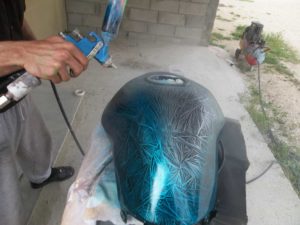 Coloring and clearcoat
Coloring and clearcoat
A Candy varnish is used, to choose from among the 24 Candy colours, and depending on the number of coats, the final color will be more or less dark.
2 types of effects are possible : discreet, dark and deep finishes, and finishes with bright and intense colors that will make the crystal decoration very visible.
On a classic crystallized decor in aluminum and black colors, the most vivid colors are Green, Yellow, Orange.
Dark and deep colors are Reds, Violets, Blacks, Browns, Blues.
With the latter, the effect is particularly discreet and is revealed when the sun hits the paint.
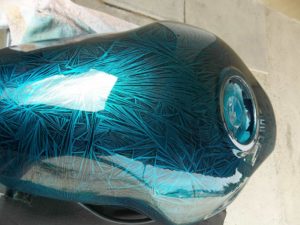
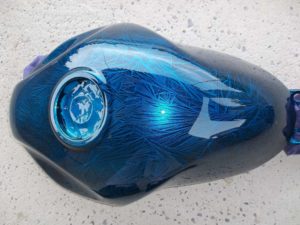


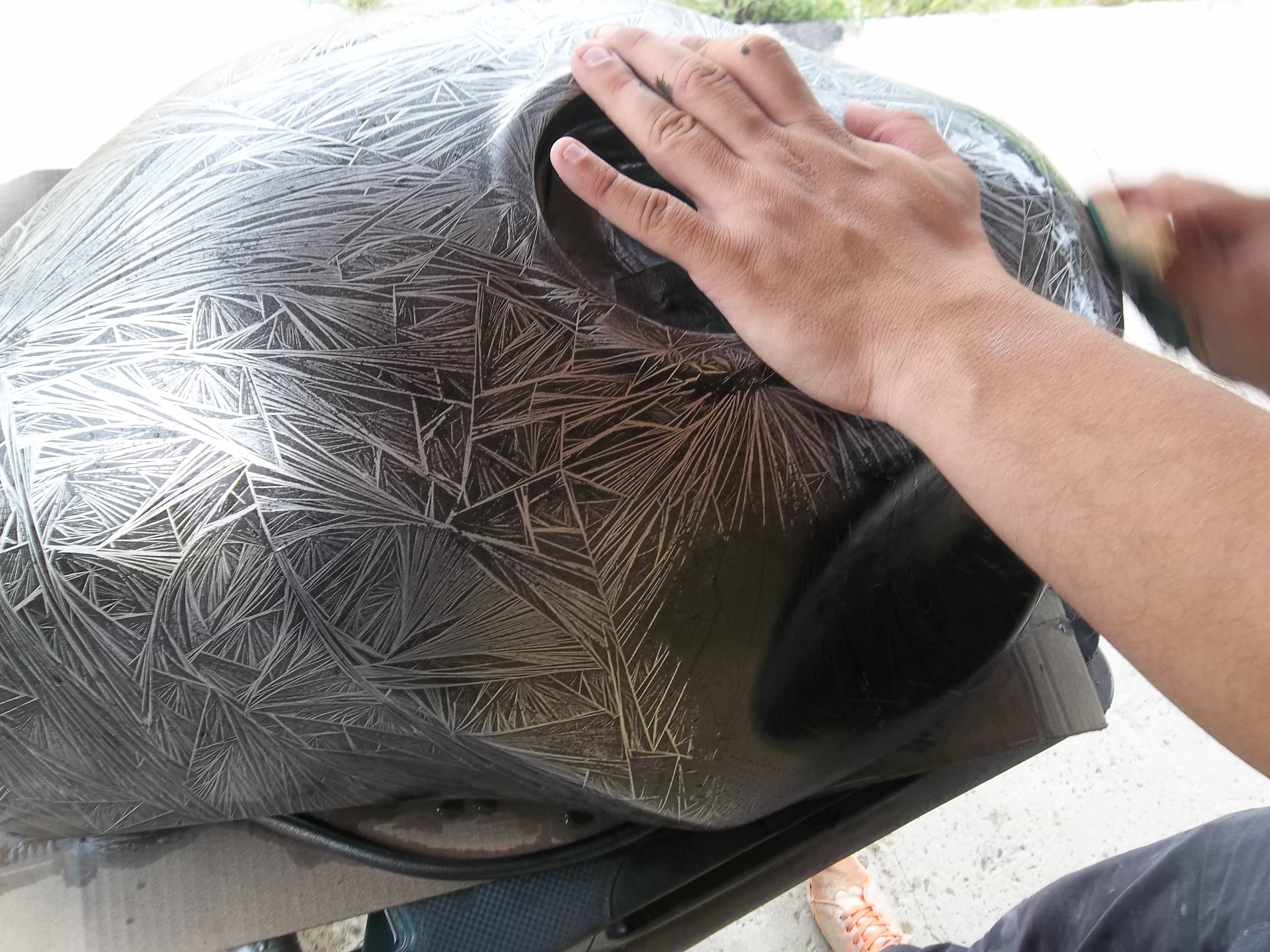
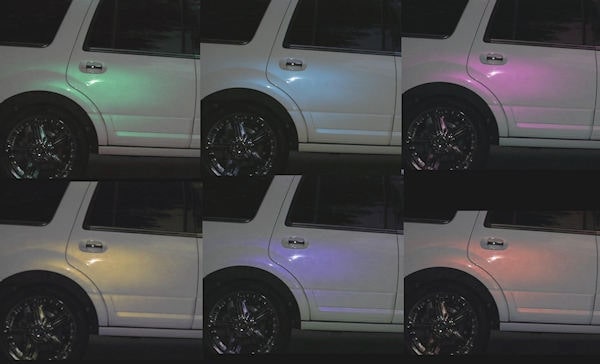
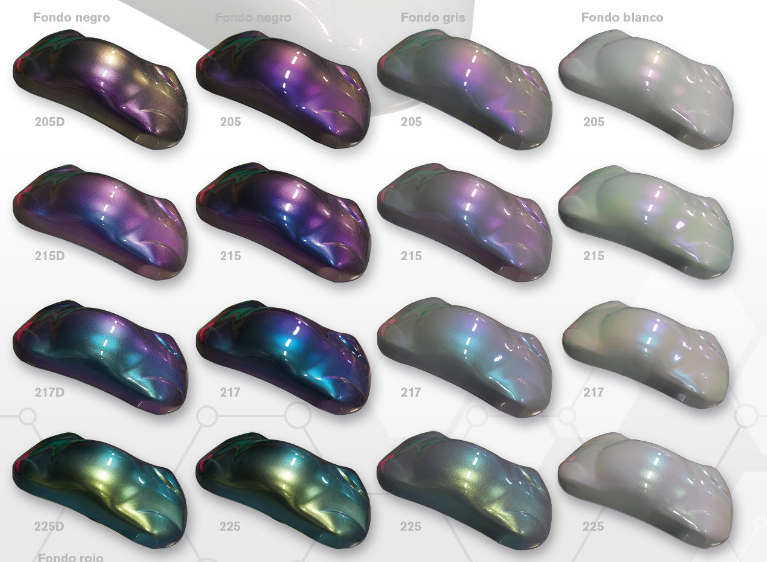 There is a
There is a 
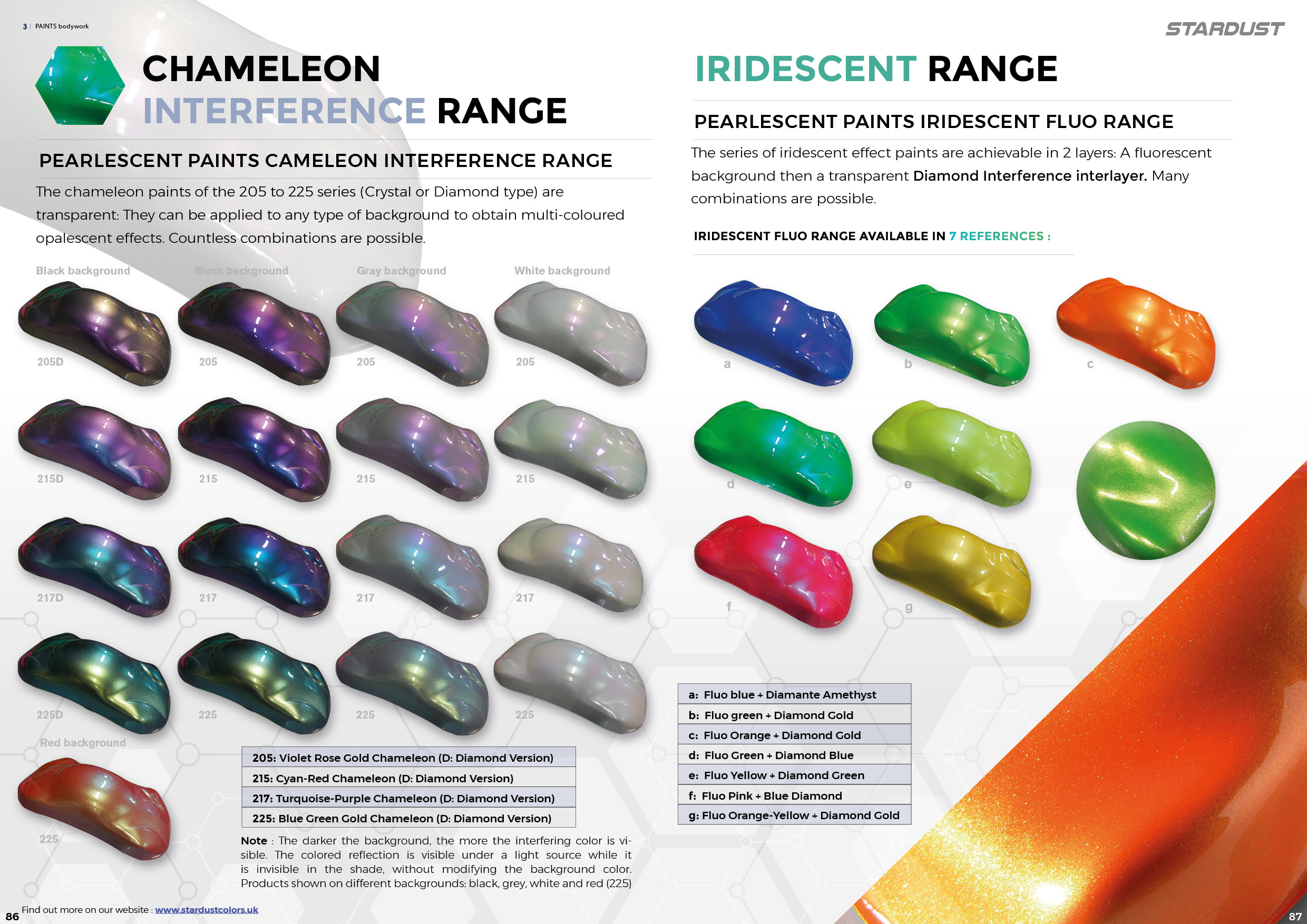
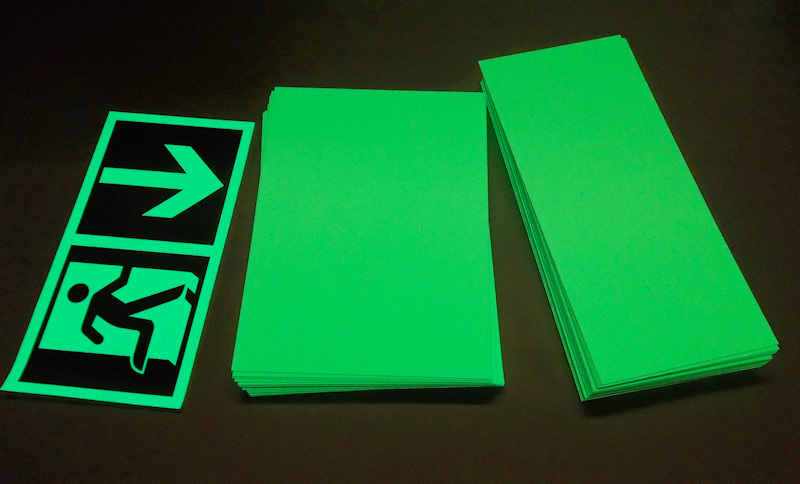 In establishments open to the public, such as gymnasiums, museums, hotels, ships but also in certain factories, it is required to install a Photoluminescent PVC evacuation plan in order to guide the occupants towards the exits in case of emergency and especially in the event of lighting cuts.
In establishments open to the public, such as gymnasiums, museums, hotels, ships but also in certain factories, it is required to install a Photoluminescent PVC evacuation plan in order to guide the occupants towards the exits in case of emergency and especially in the event of lighting cuts.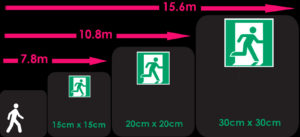 The different mediums
The different mediums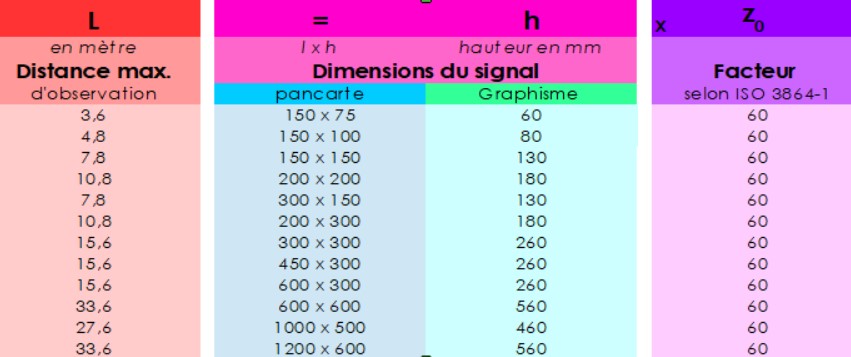
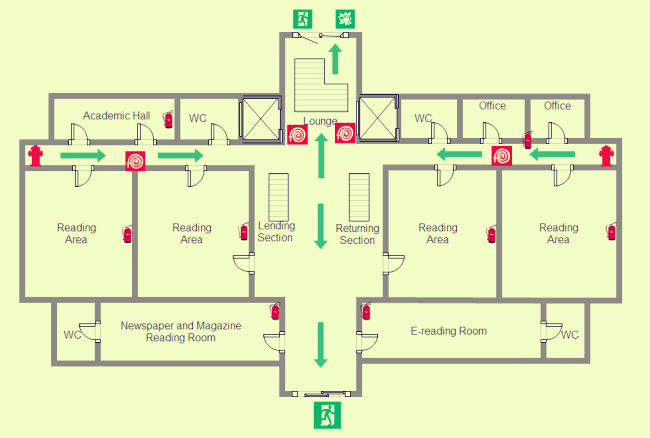 The costs
The costs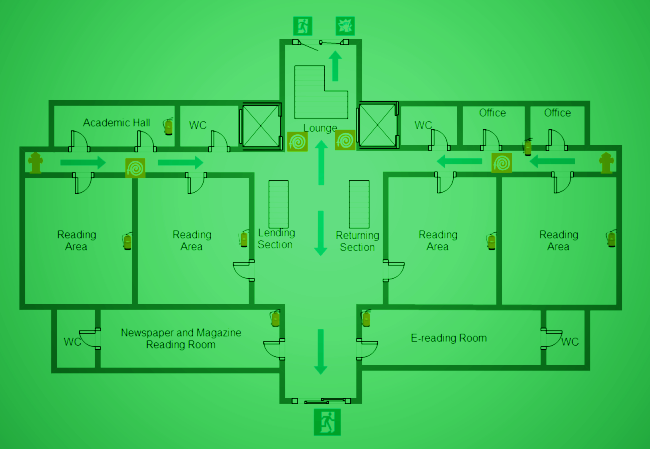 In addition to the price, which logically varies according to the size of the plan, there are also different costs for the material of the support :
In addition to the price, which logically varies according to the size of the plan, there are also different costs for the material of the support :
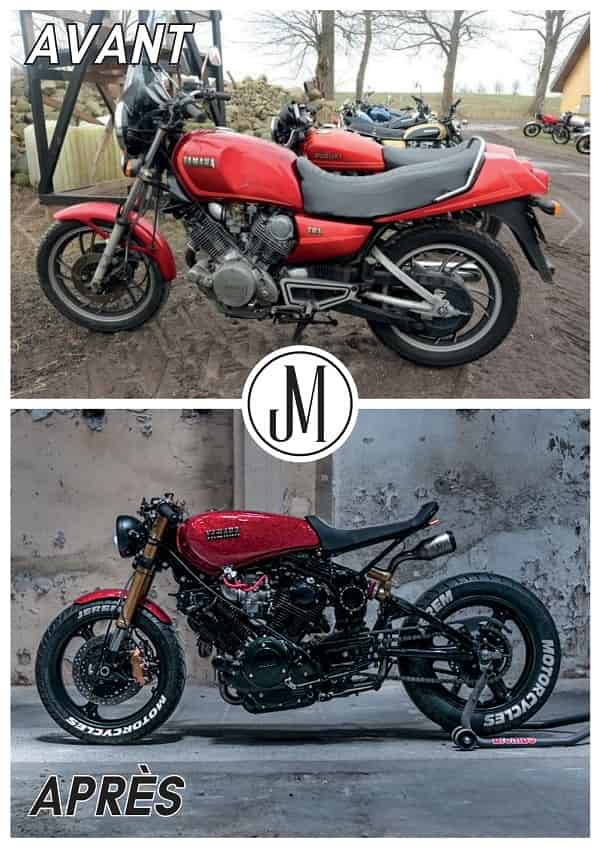
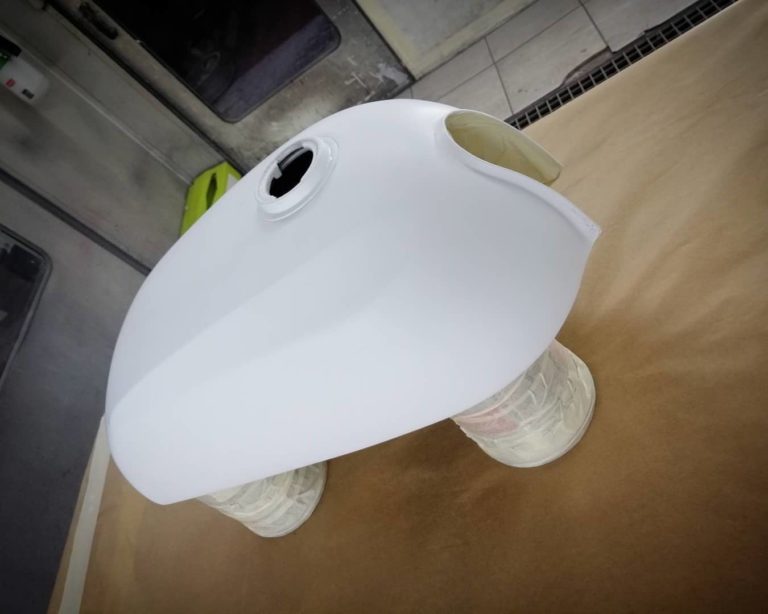
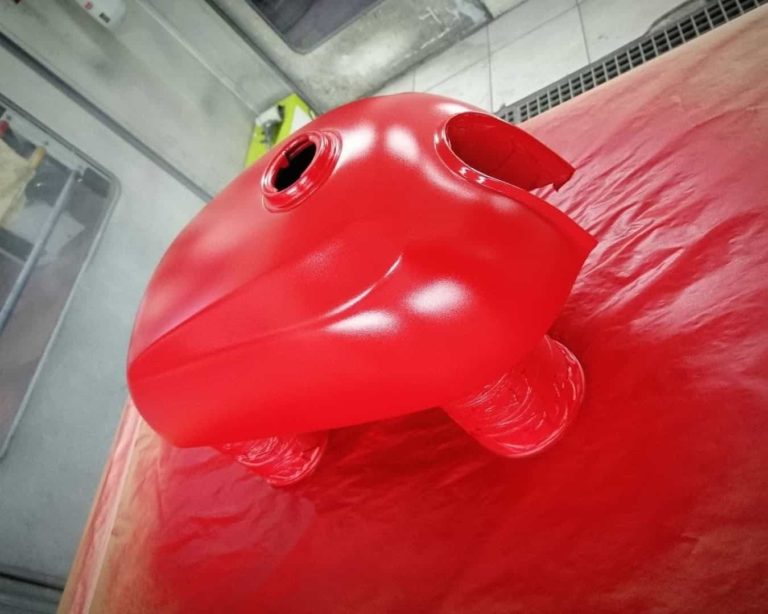
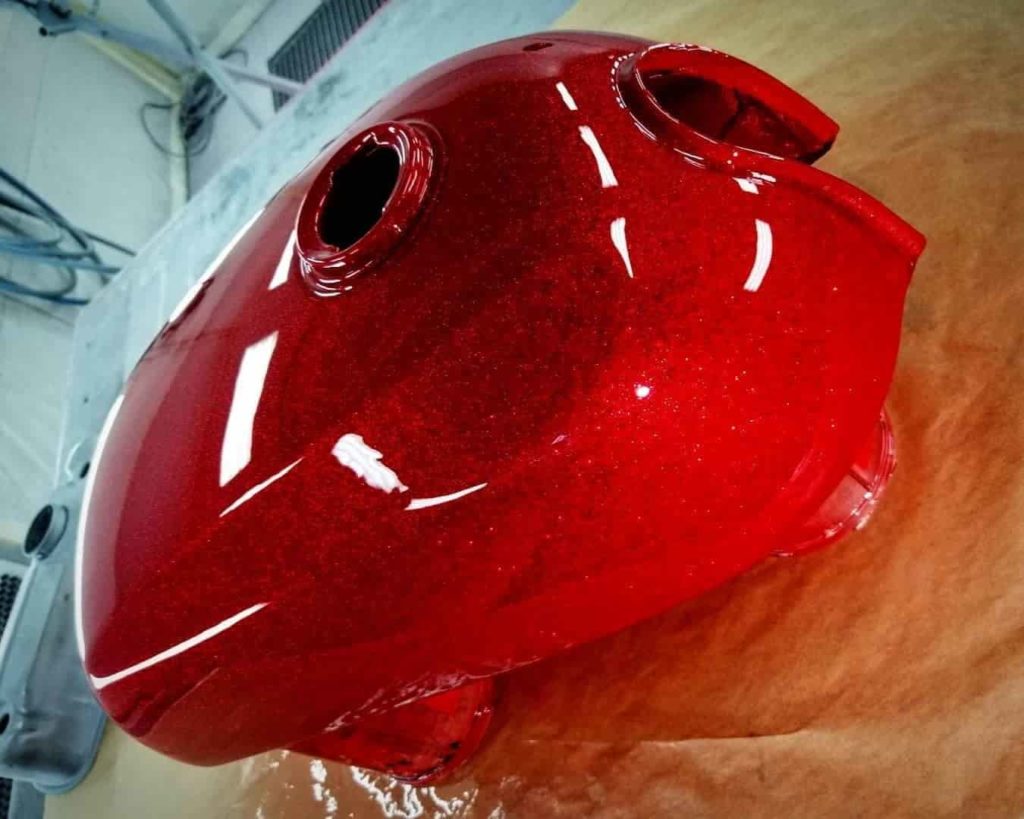
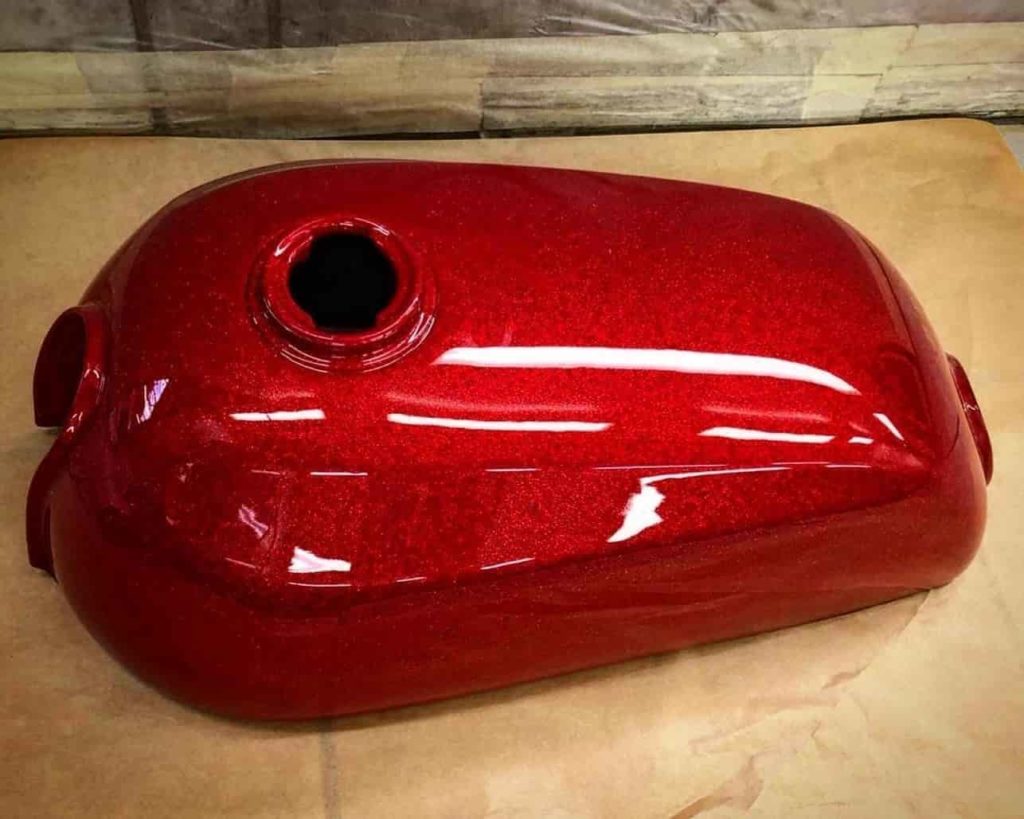

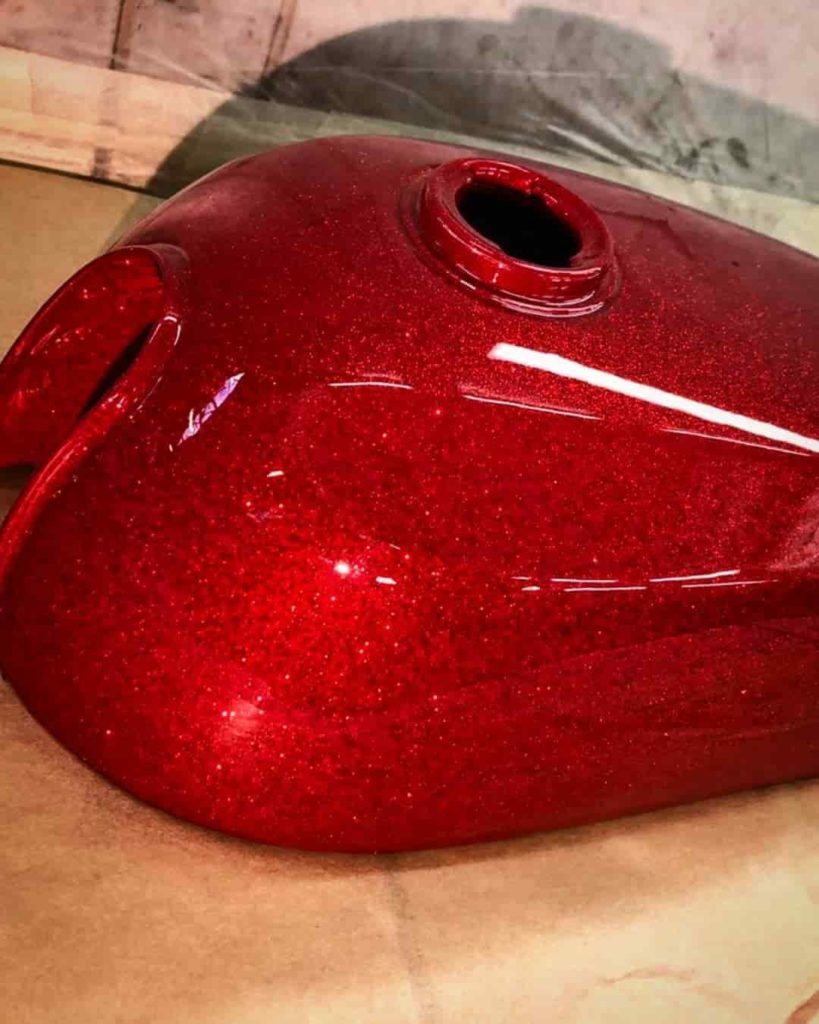
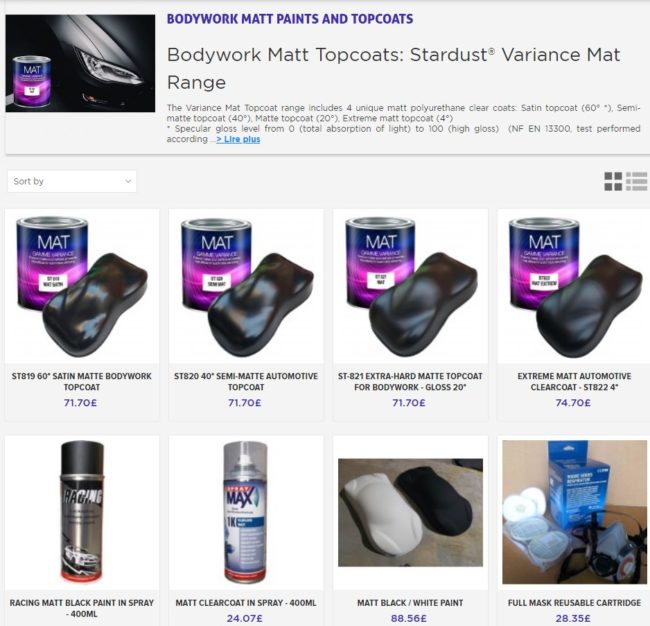
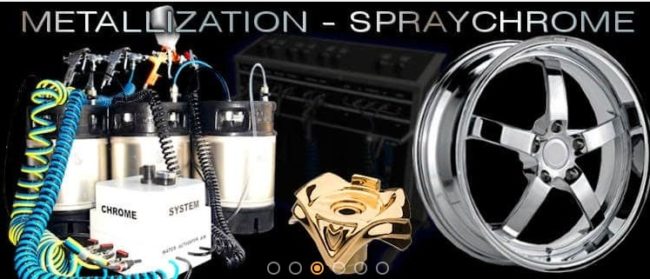
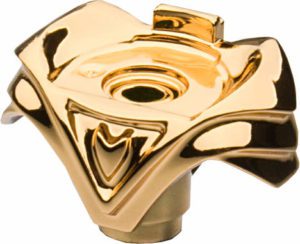
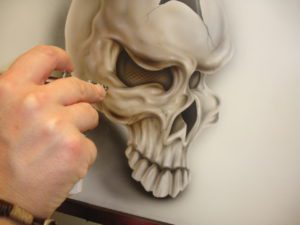
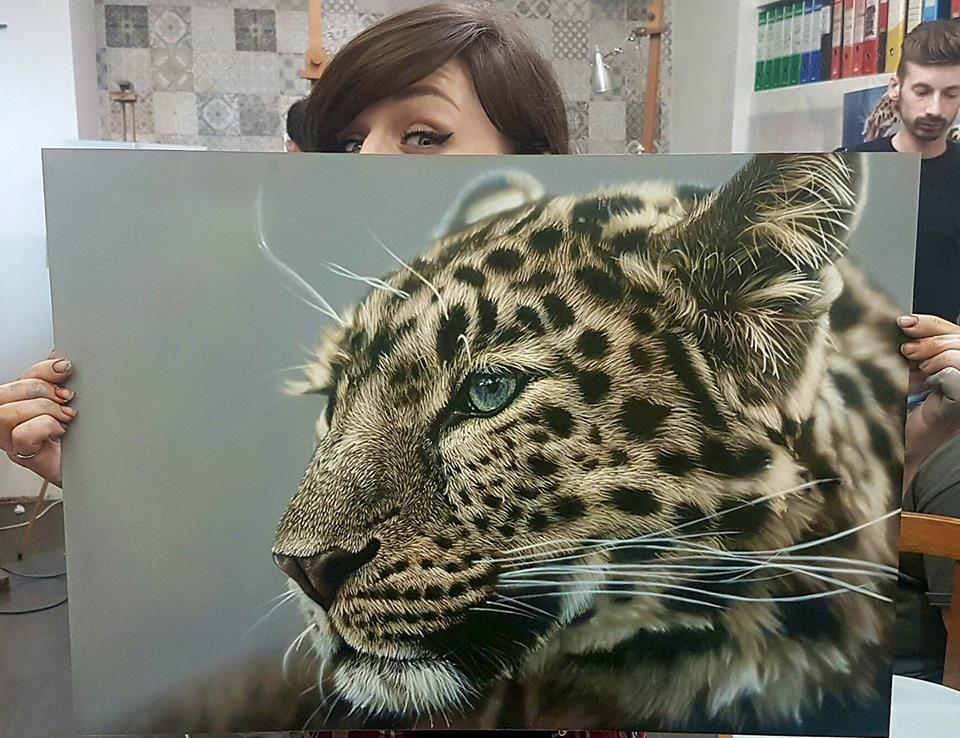
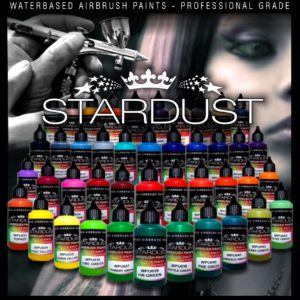
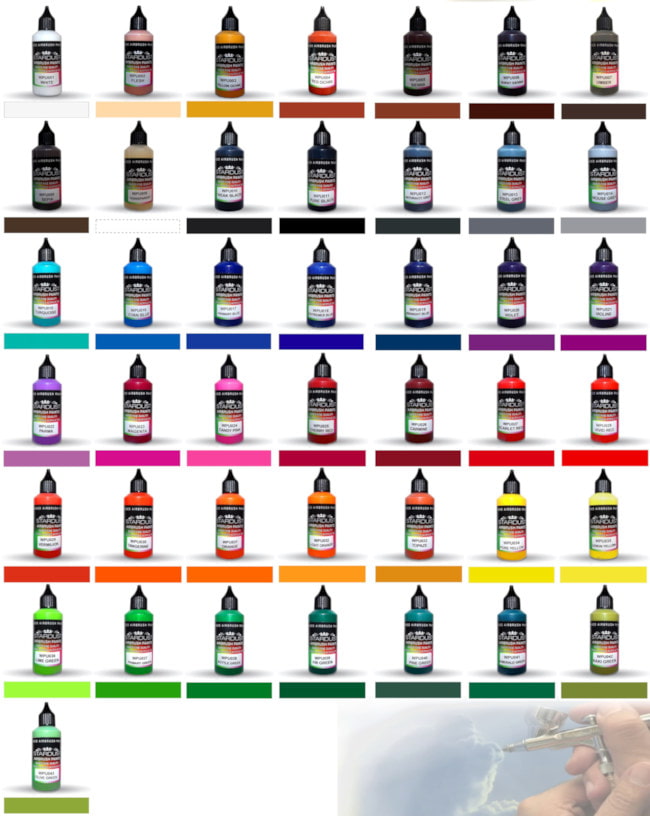
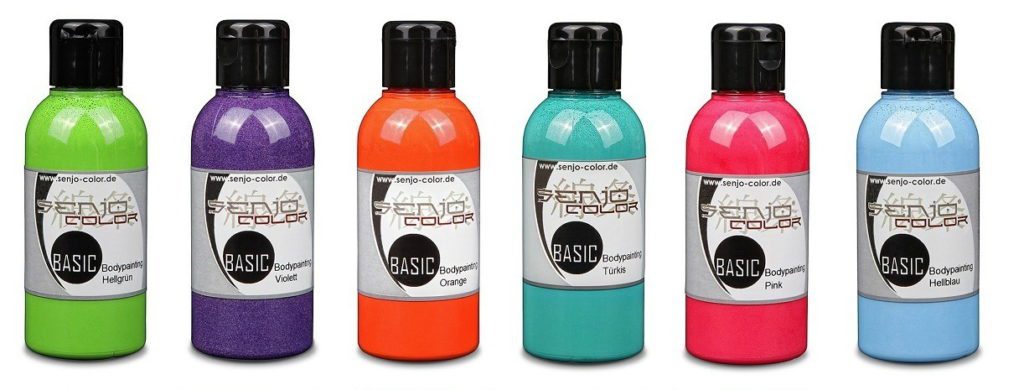
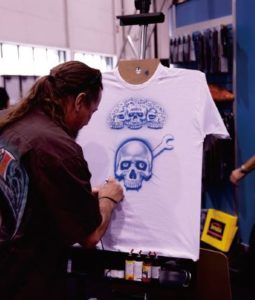
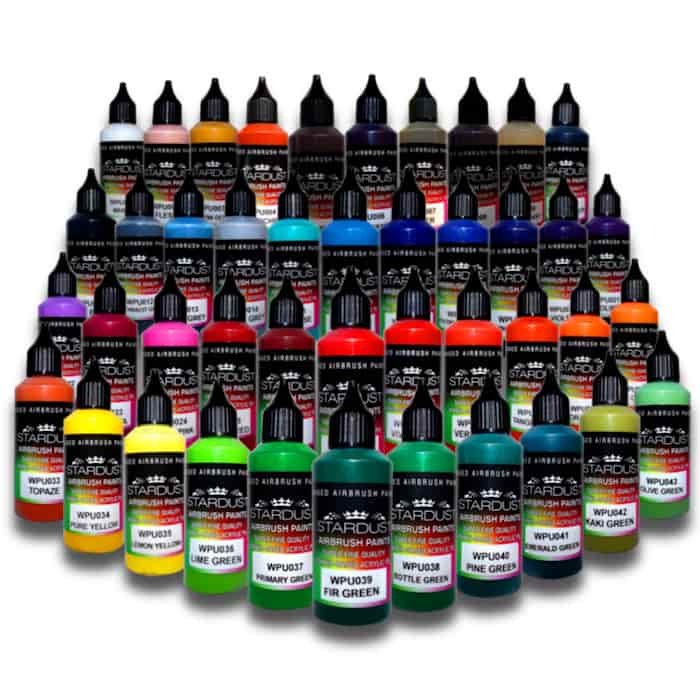
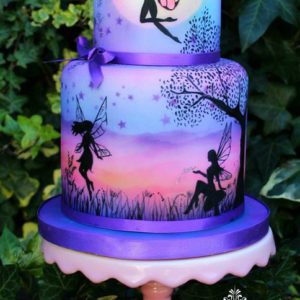
 – low prices and small packages proposed, for drawing or custom
– low prices and small packages proposed, for drawing or custom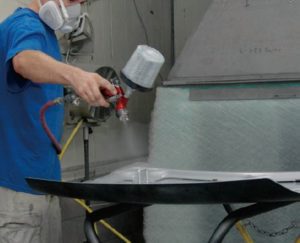
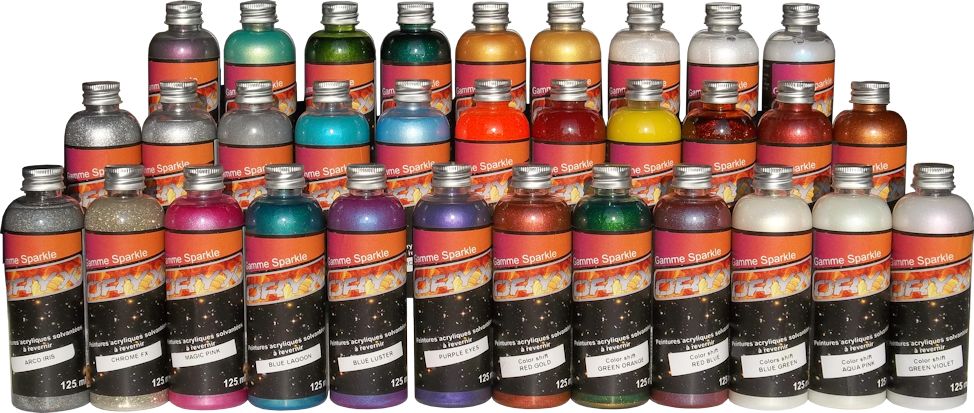
 before
before after
after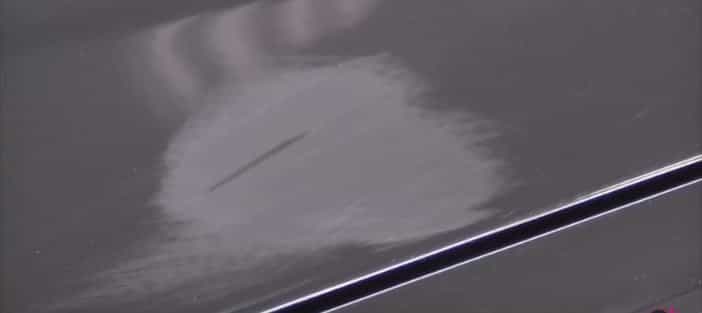
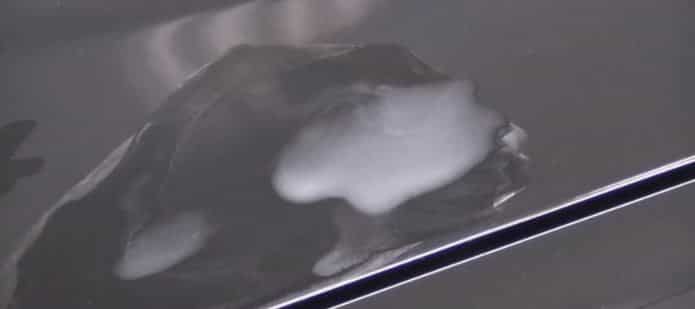
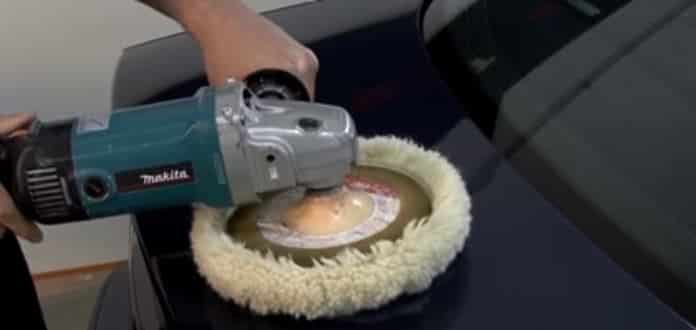
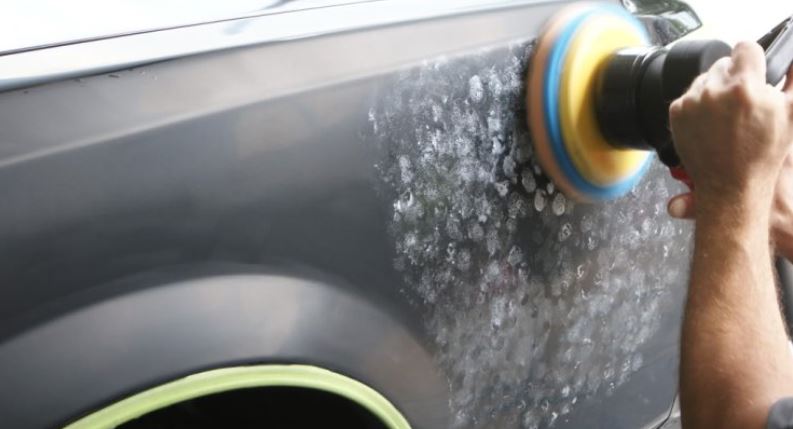
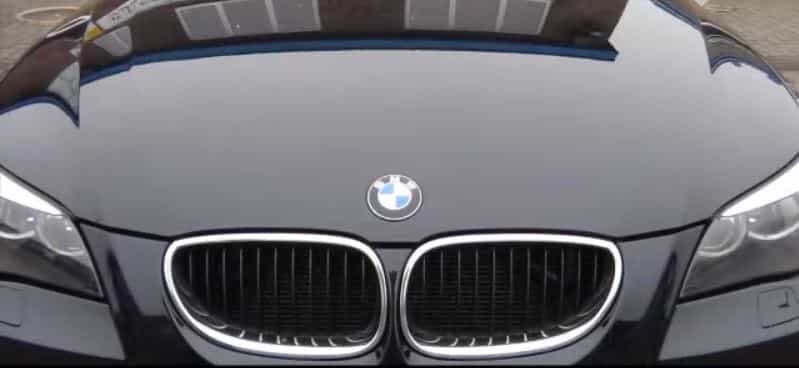
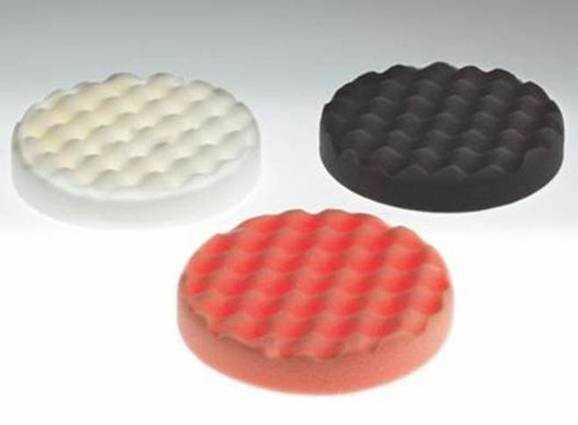

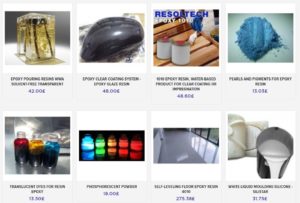
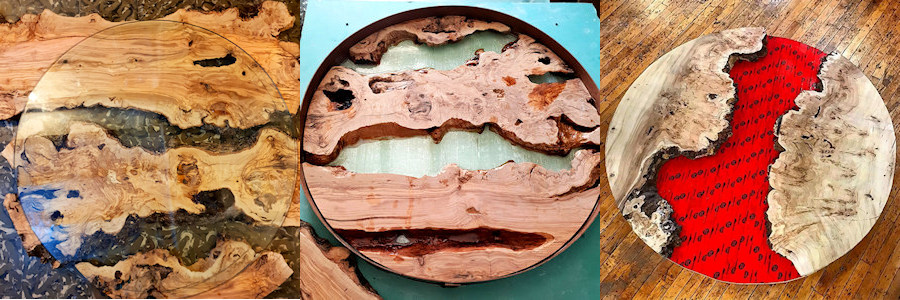
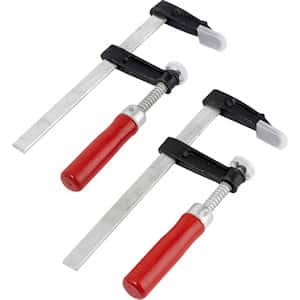
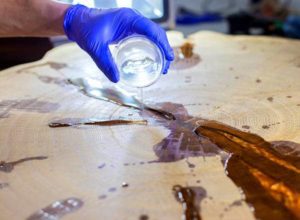
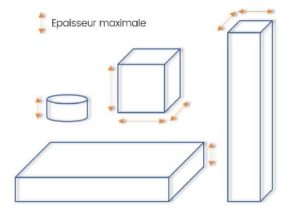
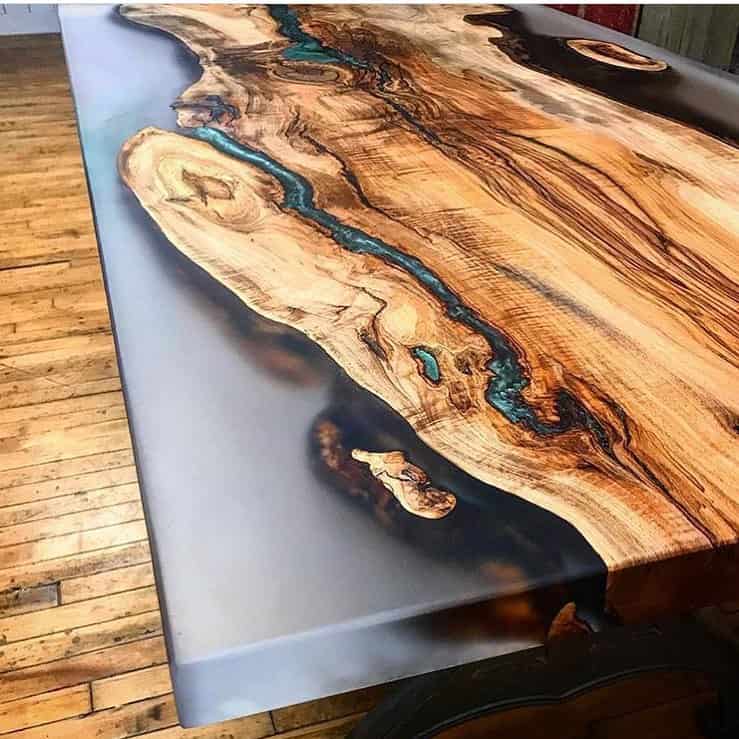
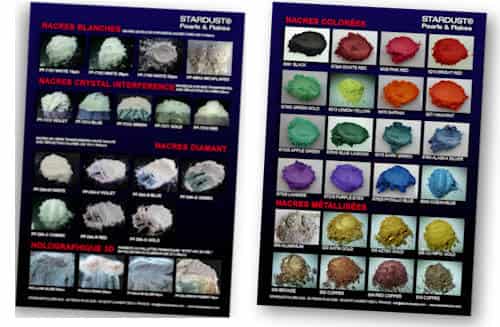

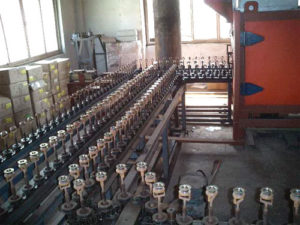
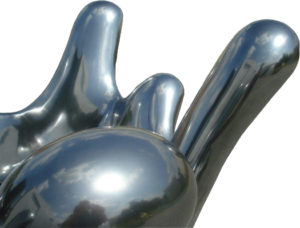

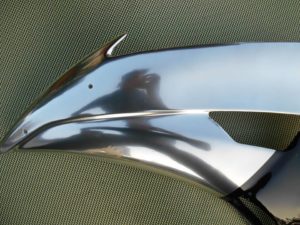
 Allow a 20 seconds interval between each coat at 20°C
Allow a 20 seconds interval between each coat at 20°C